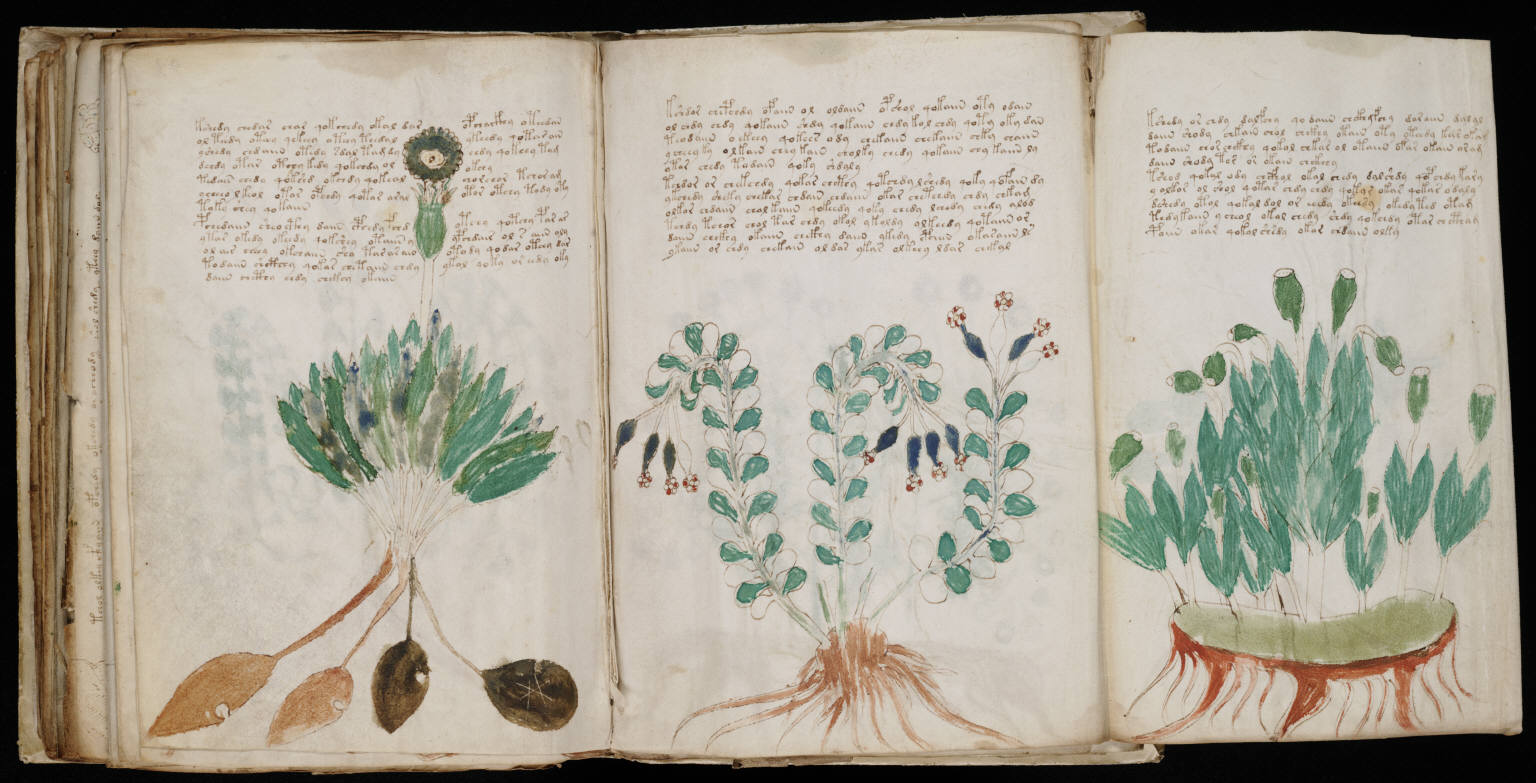
Tic-Tac-Tome is a 1400 page policy for playing tic-tac-toe. Like a giant Choose-Your-Own-Adventure, the reader chooses a location to move to, and turns to the appropriate page to see the counter move. Of course, the book plays optimally, and so “the only winning move is not to play.”
The book fits perfectly the Chinese Room argument. In the thought experiment, a Chinese speaker writes messages in chinese and slips them under the door to a locked room. Responses, also written in Chinese get passed back under the door. The responses are so convincing, that the Chinese speaker is convinced he/she is conversing with an intelligence that understands Chinese. Unbeknownst to those outside, a person that does not speak Chinese collects the papers as they slide under the door, consults a giant lookup table of inputs to outputs and then copies the prescribed response to another piece of paper and slides it back, never understanding the inputs or the outputs. The question is then, whether Chinese speaker is conversing with an intelligence or nor, and if so where does the intelligence lie?
Personally, I find the whole “Is it live, or is it Memorex?” argument rather quaint and tiresome. Something that’s only worth discussing while riding in my atomic powered self-driving car while smoking a bowl of the finest hashish. AI always struck me a bit like a magic trick. From the outside, it looks amazing (Wow! You made an orange float in the air! Amazing!), then you find out how it is actually done, and then you’re disappointed because your fantasy has been dashed (You just shoved your thumb in it! You suck!). Personally, I think this says more about us, and our willingness to be misled than anything else.



